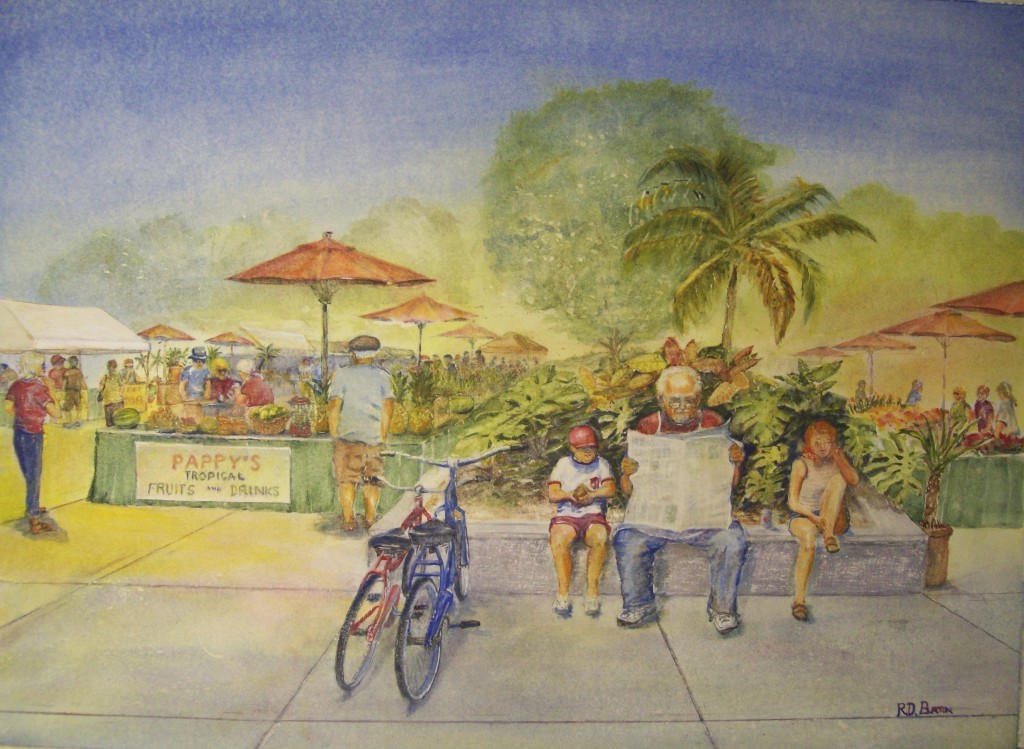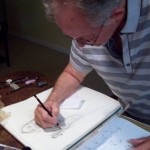
The word drawing seems to be one that many artists and art students use freely, but which no two ever seem to use in quite the same way; and although there are many valuable books, video, art classes and other means for a graphite artist to learn their trade, drawing is a subject to be learned, practiced, and understood. Here is a little secret: the most important thing an artist can do in this exciting medium is to consistently work at it until they fully understand it themselves.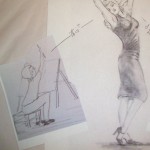
If it is your desire to have accepted completed drawings, this artist recommends you make many different studies of the work you wish to accomplish. Somewhere, the studies may become the finished work; but if not, they should be working toward a finished piece.

If you’ve read a few of my blogs, you know I’ve mentioned it before, but I will mention it again, and continue to mention it When drawing a figure it is imperative to rlieve that feeling of “static” stance in their depiction. give them a sense of “life” by putting weight on one leg, twist the torso tip and turn the head, or allow the figure to lean upon or be supported by something or someone. It is best (unless the composition requires it) to not have the face and eyes looking straight at the viewer.
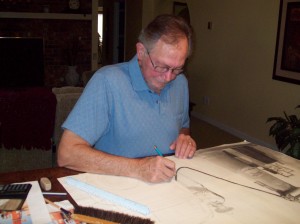
An artist that draws does so because they enjoy drawing. They should never avoid something because it is difficult, or seek to solve a drawing problem by lowering their standards. They should never be afraid to go their own unique way, never allowing acceptable and conventional methods define them.
Warning: It may not be wise for an artist to concentrate on drawing alone because they may lose some of their other skills.
I personally draw sometime to create a completed work, but most of the time I draw to plan a future painting. Sometimes I use loose sketches, but other times, I do complete and detailed drawings. Sometimes I do both. Below is a graphite sketch, that became a complete study for one of my finished watercolors.
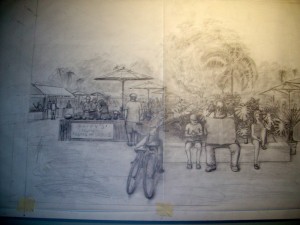
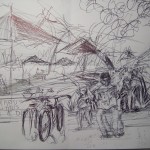
Sketch (left) and drawing (right)
